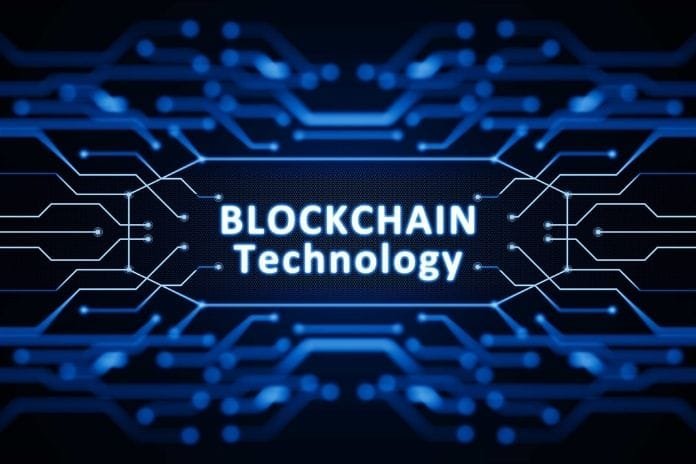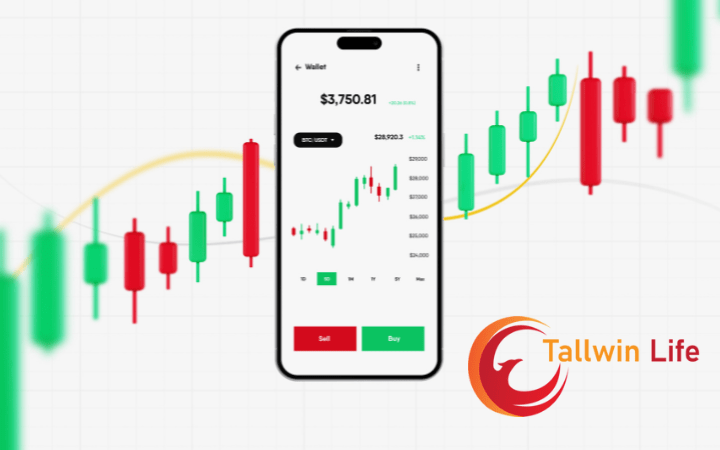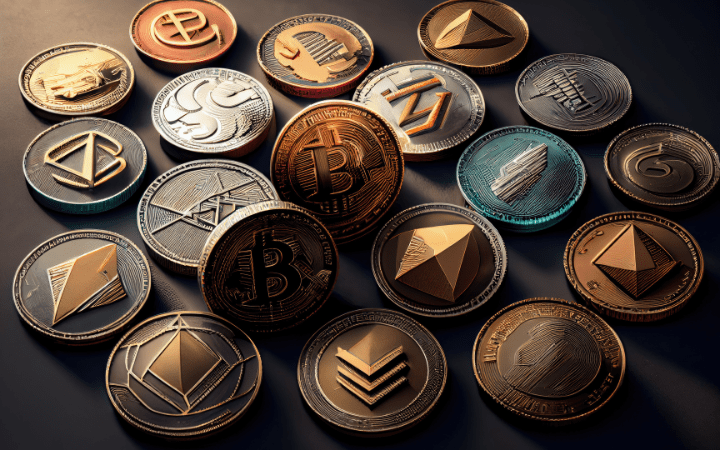Blockchain Ecosystem In Practice – Hype Or Disruption?

Blockchain Ecosystem is no more than the basis of highly speculative cryptocurrencies for many. But the technology requires banks to review their business models.
In recent years, blockchain technology has gained importance not only in connection with the use of cryptocurrencies but in particular as a possibility of unchangeable, highly secure storage of data and the option of distributed data storage without a “trustee.” With this technology, data can be exchanged, bypassing intermediaries, thus creating highly efficient and fully automated business processes. In various business processes, this can call into question the role of banks as financial intermediaries.
Bank Disruption Is Already A Reality
With the introduction of Ripple in 2012, a global payment network was introduced that is intended to make international payment transactions more efficient and cost-effective. While access to this real-time payment system is limited to banks, it eliminates the procedure of correspondent banking relationships that is still widely used today.
In the context of “Industry 4.0” issues, individual companies are increasingly operating with blockchain-based business processes based on digital identities (“Internet of Things“), in which payment transactions are made via wallets directly on the blockchain instead of via bank accounts. For example, the rental of a car and the use of individual equipment elements such as communication/entertainment systems or all-wheel drive can be billed with volume and time accuracy. The introduction of CBDC reinforces this trend.
Linking Blockchain Ecosystem And Traditional Banking
The industry is increasingly using the possibilities of blockchain technology to digitize systems and machines. Digital “pay-per-use” models can now also be established through the digital networking of these systems (e.g., the transmission of machine data to determine the need for consumables or maintenance requirements). The machine and financial data are brought together.
Uni Credit has developed a product for implementing such concepts in which the digital identity of the system is linked to an account at Uni Credit, through which the corresponding (conventional) payment flows then run. The facility itself can send and receive near-time payments. This turns the system into a virtual profit center with data immediately available without time-consuming processing in finance and controlling systems.
Banks Create Their Platforms
At the beginning of 2019, several European banks launched “we. trade”, a blockchain-based ecosystem. The platform successfully brings together small and medium-sized entrepreneurs and enables easy access to supply chain finance products such as payment guarantees and invoice financing. Trade customers of 16 leading banks in 15 countries can now make purchases and sales secure. In addition to paperless processing, we. marketing offers the option of agreeing on delivery and payment information and storing it in “smart contracts.” The delivery statuses are tracked automatically, and the corresponding payments are carried out automatically. While the contract between customers on we. trade is processed entirely via the blockchain, payment transactions are still connected conventionally, i.e., as a so-called trigger solution.
The Legal Framework Is Often Still Lacking
To make platforms like (we; trade) internationally more successful, blockchain technology must be regulated in an international legal framework. This is the only way to avoid complex multilateral agreements. Several regulations have already been initiated in Europe. However, international laws would also be needed to support global trade.
Conclusion: Blockchain Ecosystem Must Create Real Added Value
As the examples show, blockchain technology must create real added value for customers to be accepted. The focus here is on the extensive automation of processes and the communication of machines. Labor-intensive exception processes should be eliminated through the use of technology. This also applies to the role of intermediaries. (We; trade) is an excellent example of this development: the parts of the banks about KYC, AML, and access to financial products will be retained, the role of trustee of the data will no longer exist today, and that of access to payment transactions in the future.






